Running A Flint & Feather Narrative Campaign – Part Four
February 19, 2019 by crew
We finish off a look at the narrative campaign structure included in Flint & Feather by Crucible Crush before heading on to look towards the mystical side of things soon!
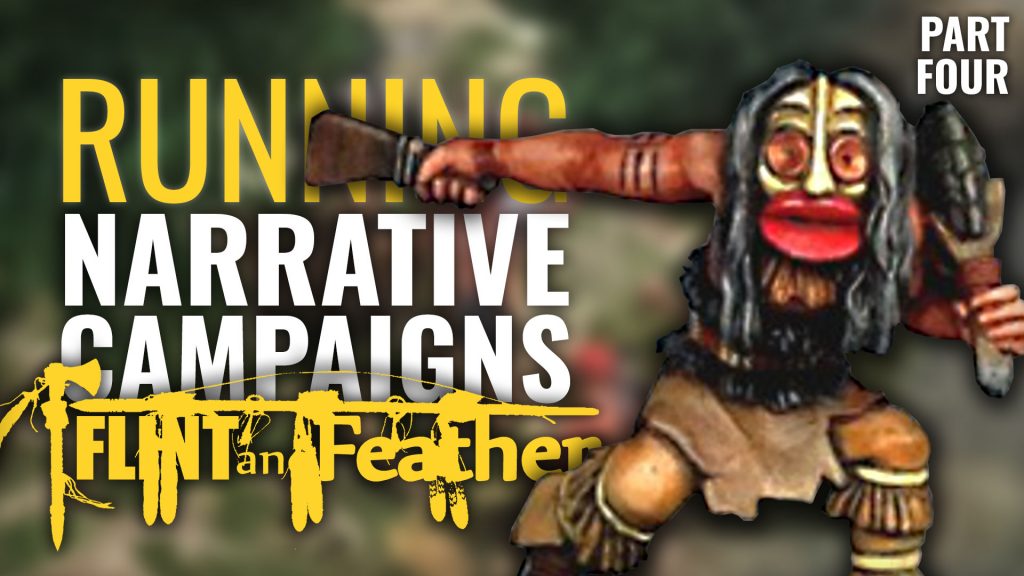
One with the Spear had completed his first kill. On the hunt, he brought down a deer with the help of Red Bear his elder. During the trip, he had also fought in his first battle. One with the Spear was truly blessed by Mother Earth while on his First Hunt. Finally, One with the Spear had spent the last four days on his vision quest, getting a chance to meet a friendly spirit.
Read Part One Here
Read Part Two Here
Read Part Three Here
Now he had returned to the longhouse and the celebration of his successful First Hunt. The night was filled with dancing which was their way of praying and giving thanks. One with the Spear had an uplifting of his mind and spirit and the tribe had all taken part in a great workout as they danced well into the night. The deer he had killed was cut into smaller pieces and shared among the whole tribe as all celebrated his growth from boyhood into manhood and he was confirmed as another provider within the tribe.
Cloud Elk returned to the longhouse with his War Band. They had created a litter and carried Red Bird back into the safety of the palisaded settlement. Red Bird had become feverish and immediately the Shaman was called on to administer healing. Shamans function as healers, prophets, diviners and custodians of religious mythology. In some tribes, Healers belonging to various orders can also be present but today Cloud Elk called on Mist Raven, a solid and respected man of the tribe.
Shamans in these societies were custodians of the sacred medicine bundles containing objects and materials endowed with great mystery and power. As such Mist Raven bore a drum with which to thump on producing the heartbeat of Mother Earth. He motioned for the warriors to bring Red Bird to closer to the fire where he placed a pole to provide smoke for the healing to drive out the evil fever from the warrior’s body.
Mist Raven reached into a pouch and brought forth a mixture of the four sacred medicines of cedar, tobacco, sage, and sweetgrass on his fingers. He then performed Smudging on Red Birds face which is a practice that allows cleansing of the body, mind, and spirit. After an evening of praying and chanting Mist Raven pronounced that Red Bird would live but that he would forever be scarred in his health due to his wounds upon this day.
Overall it was a grave day for Cloud Elk and his tribe.
As we can see in our narrative above it was two very different outcomes for our two War Bands as we perform the Aftermath Phase of our first Campaign Turn. The Campaign Turn moves thru the War! Phase, and then the Tabletop Battle Phase and finally ends in the Aftermath Phase. This phase of the Campaign Turn is bookkeeping phase that lets us determine how wounded figures recover and experience is determined. If you are keeping track in the rulebook we will be working thru pages sixty-four to seventy-five.
Warriors trudge through the underbrush in a game
The first step in the Aftermath Phase is to determine the results to figures that have been wounded. In particular, for game purposes, we only really need to determine what happened to the Great Warrior, his Companion and the three Striplings that make up our starting Campaign War Band. In later turns, we will have more figures to consider as Striplings become promoted and we gain Special Characters. However, any of the figures that joined for the turn come from an inexhaustible supply of generic warriors that can be replaced in the turn. Alternately, you may keep track of these individuals for a more involved campaign, but we do not recommend it.
Cloud Elk had received a Light Wound during the tabletop battle and therefore rolls a D6 on the Light Wound Table getting a one which means he recovers and is good to go in the next turn. Note War Band figures that have received any type of wound (from Light Wound (-1CV Wound) thru to Mortal Wound (-4 CV Wound)) all have to check for survival of some kind.
Red Bird received a -3 Deep Wound result and must roll on the Survival Table. We wrote about this in the Narrative showing Red Bird dragged in on a litter to be healed. In game terms the player picks up several six-sided dice, rolling the first one he gets a 3: Body. The wound thus occurred to the chest, as we knew when we wrote up our previous narrative. Checking on the section that is titled Deep Wound the player now rolls a second D6. The player rolls a four and the result reads: ‘Roll a random Disadvantage but returns to the Campaign.’
The player thus turns the Disadvantages Tables on page seventeen. There are two Disadvantage Tables, Attack Disadvantages and Defense Disadvantages. So the player needs to roll a D6 to determine which of the two he is rolling on. This is outlined on Page sixteen for Abilities. He rolls another D6, getting a five, which means he is rolling on the Defense Disadvantages Table. He follows this up with another D6 and rolls a three, getting the result: ‘Feeble – This figure takes additional CV damage if hit by a successful close combat attack.’
The player would enter this information on the Companions description on the War Band Record Sheet, located at the back of the rulebook and photocopied for play. However, the player has decided to retire his Companion, choosing instead to create a new Companion for Cloud Elk’s small warband.
The results of large close combat where wounds are marked on the bases of the figures
In a Campaign game, you may retire any warrior at any time you want. If you retire the Great Warrior he must be replaced by the Companion, along with any Orenda Points(OP) that the figure may have already acquired. This means you don’t have to completely restart your OP total in terms of the game. You can also pursue the Avenger title in the campaign, this is an option that requires you to Challenge the opponent that slew the Great Warrior in the tabletop game and then if you successfully kill the opponent's Great Warrior figure you receive an additional +2OP bonus.
The next step in the Campaign Turn is to determine Experience for the Striplings or other Special and Key Characters you may have in your War Band. At this point in the game, Experience is only crucial for the three Striplings that each player has in his starting War Band. A Stripling will be promoted to a War-bearer if they roll a one or a two on a D6. Each Stripling gets checked for this result after each tabletop game that they participated in.
However, if they have not been promoted after three games they are automatically promoted. Striplings can also choose to be promoted to Healers or Shamans but this option must be declared before any dice are rolled and it is permanently recorded on the War Band Record Sheet for that particular Stripling. The final important point about promotion is that if your Stripling caused a wound in the tabletop game then he will be promoted on a roll of one thru four.
So in our narrative example, One with the Spear did cause a wound, as we have noted, and the player picks up a D6 and rolls a two for promotion. One with a Spear has been promoted to a War-bearer. The player also rolls for his other Striplings at this time and they don’t get promoted.
Warriors approach a Furs Marker. These are of extra importance in the Campaign Game as they supply War! Dice for spending in the turn.
Finally, players have the opportunity to purchase Campaign Cards. Campaign Cards are used to track experience and provide some unique items and new equipment for warriors in the campaign game. They are printed in the back of the rulebook or can be purchased at the Crucible Crush online store right HERE.
Examples of these cards are attached below but it is this card system that allows you to Abilities to your warriors. It is important to note that only Special Characters, that is Striplings which have been promoted, are allowed to be given advances, equipment or special items. In this manner, a Stripling can be promoted to War-bearer and then later even to Veteran Warrior or Companion. Extra equipment pieces can be purchased for warriors with these cards. This allows a War-bearer to carry more weapons or perhaps suit up with some Wood Chest armor or a Shield that they would not normally be able to carry. There are also abilities and equipment for Healers and Shamans in this pack so getting a Special Figure that is a Shaman or Healer should be a goal for all players early in the campaign.
To purchase a Campaign Card you must use War! Dice that you have earned from the tabletop game. These cards allow you to spend War! Dice that would normally just disappear anyway because you can only carry over half your War! Dice that you earn each turn. The culture of the time was not a saving culture and the peoples didn’t have the technology or skills to hoard resources from season to season. The culture was also very nomadic in nature which once again leans towards using resources up rather than saving them. We have added this mechanic in the game for these reasons.
Examples of Campaign Cards used in the Campaign Game to gain Experience for Special and Key Characters.
In the current game, Red Bear, the winning Great Warrior earned eleven War! Dice. The player then decided to spend six of these War! Dice on Campaign Cards. The results were three pieces of new equipment, a skill for a War-bearer which he promptly applied to One with the Spear giving him the Tough Skin ability. The final two cards drawn were Healing Herbs and Oki’s Are Aligned giving the player some items to use in his upcoming tabletop game.
Wounds abound and a figure suffers a Fallen Down result in a Close Combat
This concludes our first turn in the Campaign Game. In the next article, we will begin to look at the Shaman and the Orenda rules for the game.
We will also take a look at some of the mystical creatures involved in the game. In particular, the Stone Coat Giant who can appear as a random Medicine Card event or be summoned by the Shaman as one of his spells.
By Lee VanSchaik
Supported by (Turn Off)
Supported by (Turn Off)
Supported by (Turn Off)
































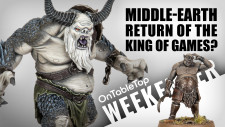
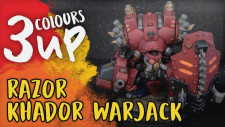
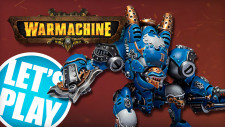
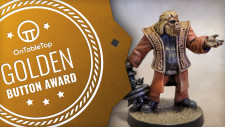
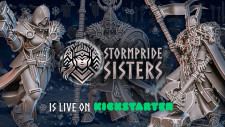






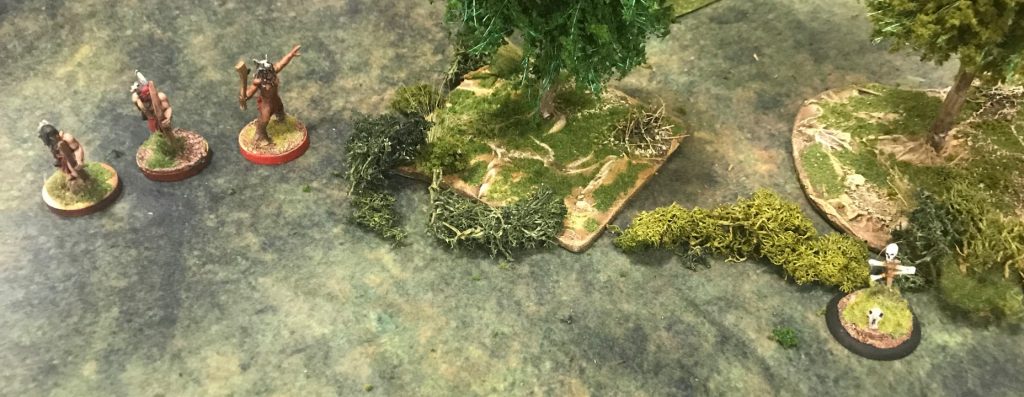
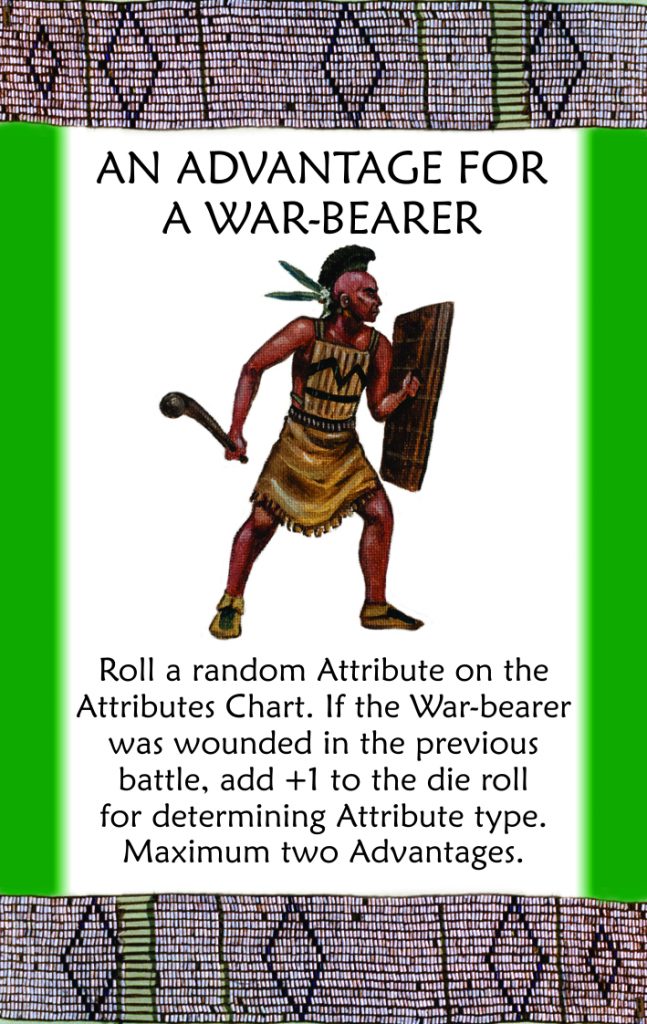



























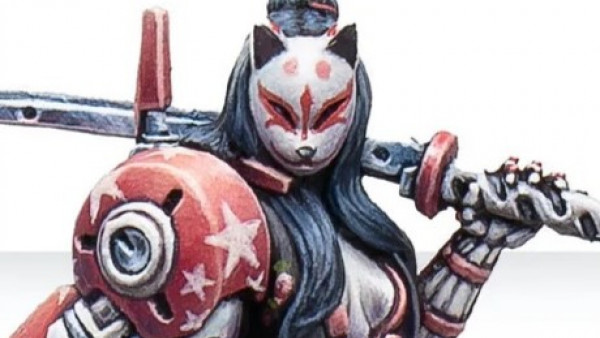
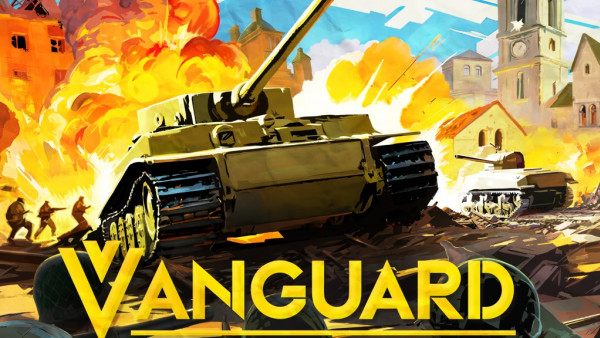
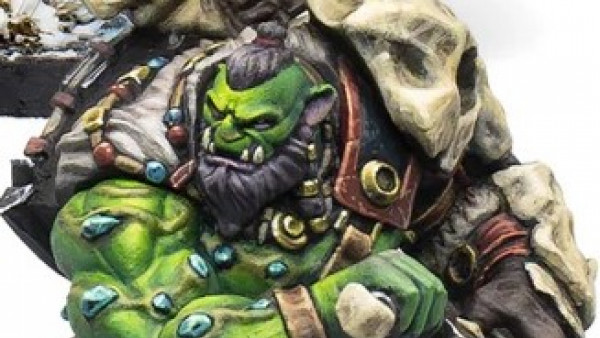
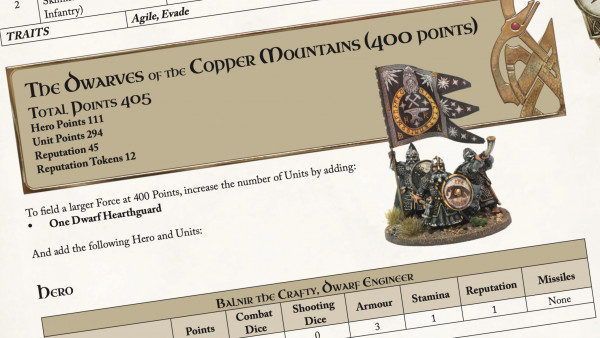

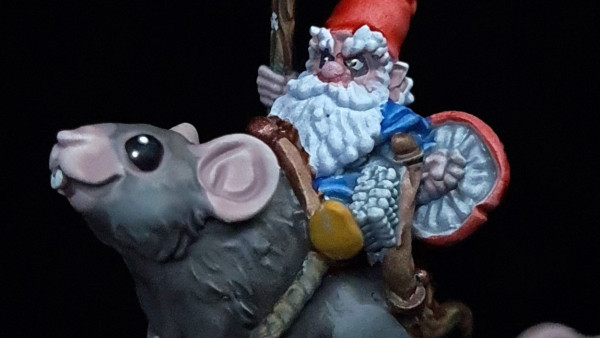


I like the wound disadvantages that the thing that can haunt your character from winning an important fight down the line